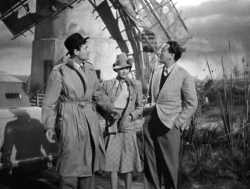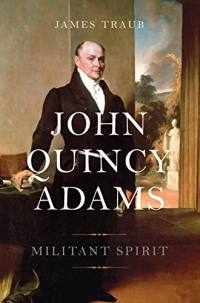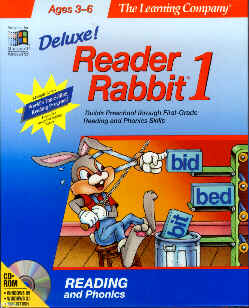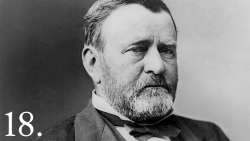The 1976 Game
The Limits of Vision
I usually see the future of technology, business and politics pretty well. But it doesn’t always help to know what’s...
Read moreThe Second Debate
The second debate in the race to control heaven, between the Virgin Mary and Satan, was getting off to a...
Read moreHow Democracy Dies
The most important weapon in Putin’s War is information,putting forth the idea that the world is going to hell and...
Read moreThe 1940 Game: Rise of the Demagogues
Donald Trump is the greatest threat to liberty the world has faced since Adolph Hitler. He doesn’t have to be...
Read moreBridge to the Founders’ Generation
When Madison wrote his First Amendment respecting freedom of “the press,” he really was talking about printing presses, not the...
Read moreHow It Can Still Be Lost
A McGovern election is a win at the top that leaves your opponent’s party intact and leaves you vulnerable to...
Read moreThe Illegitimate Fears of Trumpistan
What’s now happening is what Trumpistanis feared might happen. Their little darlings are having to compete, one on one, with...
Read moreHope in Transformations
The next decade is going to be a decade of business models, both public and private, aimed at solving big...
Read moreWhite Lives Matter
All lives should matter. But until black lives matter just as much as my life does, then they don’t. So...
Read moreHillary’s Burden
This election is, in many ways, a poison chalice. It’s a position no one in our history has successfully navigated,...
Read more


















